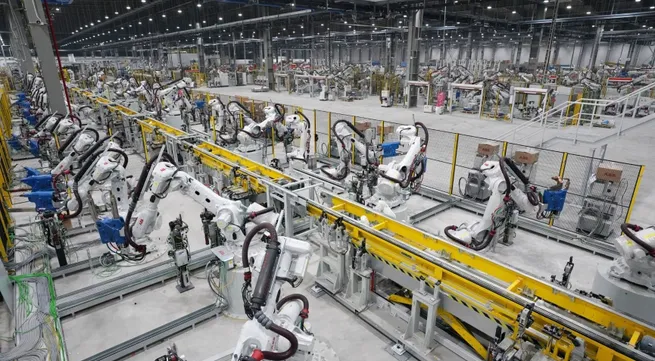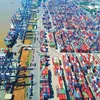Tapping into resources for Vietnam’s economic growth in 2021

The parliament also seeks to raise the income per capita to US$3,700 and the contribution of total factor productivity to growth to 45-47% while keeping inflation at 4% or below. Amid global uncertainties, especially the Covid-19 pandemic, the growth target of 6% is rather challenging, with many NA deputies suggesting to lower the figure to ensure it is attainable.
But there are also others who argued that a high target is needed so that Vietnam will make greater efforts.
According to the government’s report, there are grounds for setting such a high target because the Vietnamese economy already showed optimistic signs in the third quarter of 2020 when GDP expanded by 2.62% after growing by only 0.39% in the previous three months.
Main drivers of growth such as manufacturing and public investment are recovering strongly while trade surplus continues to set new records. The Purchasing Managers’ Index has been maintained above 50 for the second consecutive month, indicating improvement in the health of the manufacturing sector.
Amid the historically unprecedented difficulties, Vietnam is one of the few economies posting positive growth in 2020, forecast to reach 2-3%. In its latest projections, the World Bank suggested two scenarios for Vietnam’s growth in 2021 at 6.8% and 4.5%.
Setting a high growth target for the first year of a new term will also create a solid foundation for the socio-economic development plan over the next five years. In fact, Vietnam has quite a few opportunities and a great deal of potential for a strong rise such as new free trade agreements, the shifting flows of foreign investment, digital transformation, e-commerce, and abundant human resources.
However, the extent to which Vietnam can capitalise on such opportunities depends on the preparedness and capability of enterprises and the economy in general.
Furthermore, some structural weaknesses remain in the Vietnamese economy that have yet to be addressed, which will become more challenging in the face of the Covid-19 pandemic and natural disasters.
Such challenges include high spending deficit, rising bad debt and an agriculture struggling with flooding in the central region.
To achieve high growth towards recovery and ensure social security, economic experts have recommended that further measures are needed to tap into the resources and potentials of Vietnam.
It is also necessary to make more investment in grassroots healthcare, preventive healthcare and community healthcare to keep the diseases under control while proactive plans are needed to cope with natural disasters and climate change in order to minimise human and property losses.





